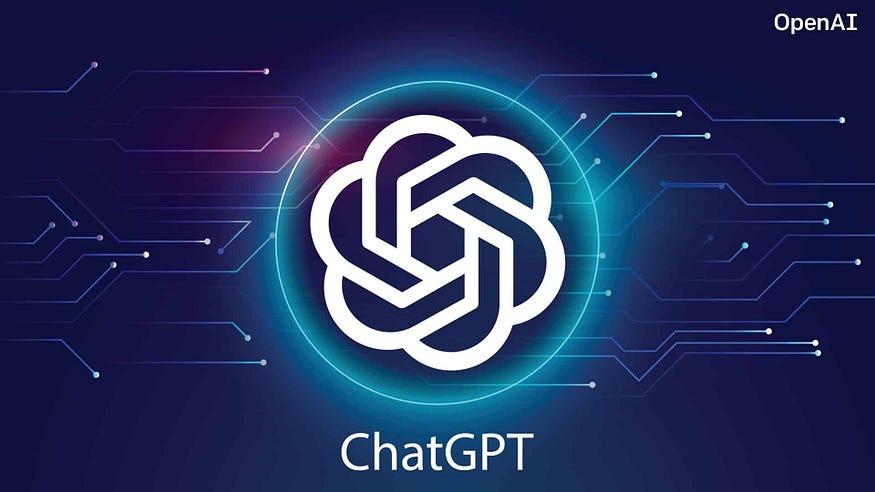What is Amazon EC2 Instance?
The instance will be charged per hour with different rates based on the type of instance chosen. AWS provides multiple instance types for the respective business needs of the user.
Thus, you can rent an instance based on your own CPU and memory requirements and use it as long as you want. You can terminate the instance when it’s no more used and save on costs. This is the most striking advantage of an on-demand instance- you can drastically save on your CAPEX.
Here is the full dedicated video-based upon "How to Create Amazon EC2 Instance"👇👇
Steps to Create Amazon EC2 Instance
1. In EC2 go to the Instances
2. And after that Click on Launch the Instance.
3. Choose the Machine Image (AMI) you want.
4. Choose the Instance Type you want.
5. Configure the Instance Details
6. Add Storage
7. Add tags
8. Configure Security Group
9. Review and Launch, Here you can see the Detail of your Instance.
10. If you are done with the Review, Now you can Simply launce the Instance
11. Then your instance will start the launching











